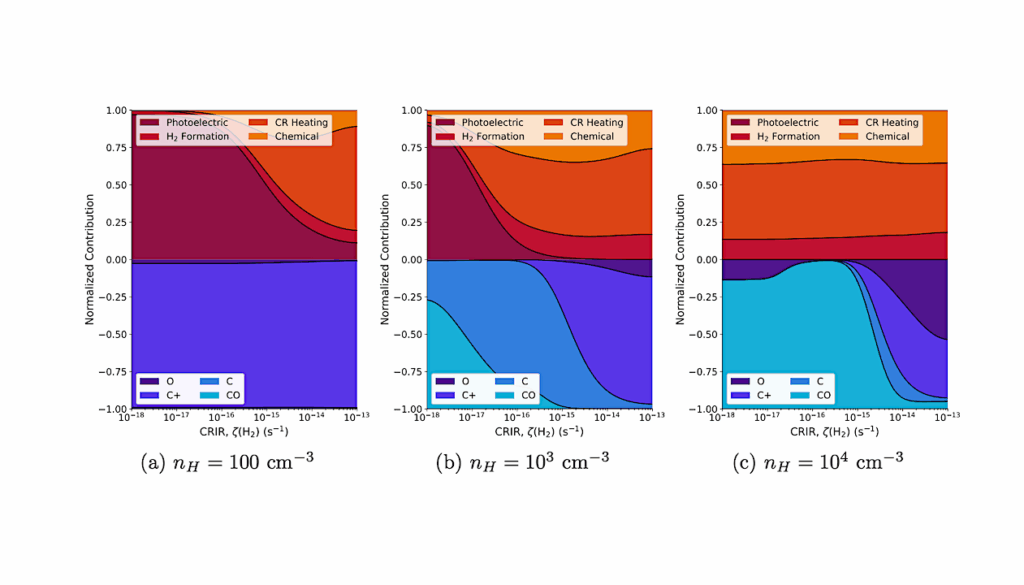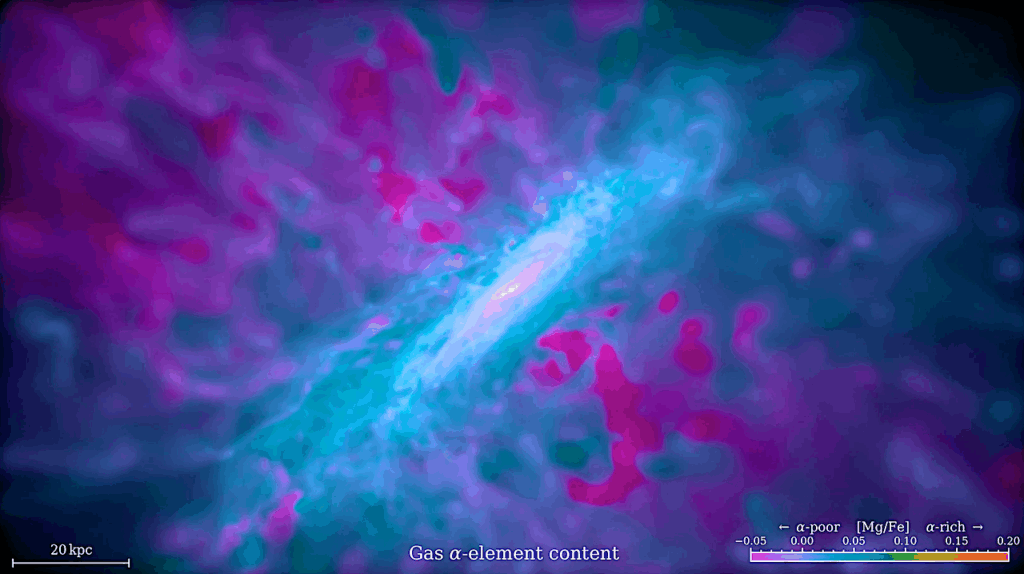The Perseus ALMA Chemistry Survey (PEACHES). I. The Complex Organic Molecules in Perseus Embedded Protostars

To date, about two dozen low-mass embedded protostars exhibit rich spectra with complex organic molecule (COM) lines. These protostars seem to possess different enrichment in COMs. However, the statistics of COM abundance in low-mass protostars are limited by the scarcity of observations.
This study introduces the Perseus ALMA Chemistry Survey (PEACHES), which aims at unbiasedly characterizing the chemistry of COMs toward the embedded (Class 0/I) protostars in the Perseus molecular cloud. Among the 50 embedded protostars surveyed, 58% of them have emission from COMs. A 56%, 32%, and 40% of protostars have CH3OH, CH3OCHO, and N-bearing COMs, respectively. The detectability of COMs depends on neither the averaged continuum brightness temperature, a proxy of the H2 column density, nor the bolometric luminosity and the bolometric temperature.
For the protostars with detected COMs, CH3OH has a tight correlation with CH3CN, spanning more than two orders of magnitude in column densities normalized by the continuum brightness temperature, suggesting a chemical relation between CH3OH and CH3CN and large chemical diversity among the PEACHES samples at the same time. A similar trend with more scatter is also found between all identified COMs, hinting at common chemistry for the sources with COMs. The correlation between COMs is insensitive to the protostellar properties, such as the bolometric luminosity and the bolometric temperature. The abundance of larger COMs (CH3OCHO and CH3OCH3) relative to that of smaller COMs (CH3OH and CH3CN) increases with the inferred gas column density, hinting at an efficient production of complex species in denser envelopes.
Yao-Lun Yang (University of Virginia and RIKEN), Nami Sakai (RIKEN), Yichen Zhang (RIKEN), Nadia M. Murillo (RIKEN), Ziwei E. Zhang (RIKEN), Aya E. Higuchi (NAOJ), Shaoshan Zeng (RIKEN), Ana López-Sepulcre (IPAG), Satoshi Yamamoto (University of Tokyo), Bertrand Lefloch (IPAG), Mathilde Bouvier (IPAG), Cecilia Ceccarelli (IPAG), Tomoya Hirota (NAOJ), Muneaki Imai (University of Tokyo), Yoko Oya (University of Tokyo), Takeshi Sakai (The University of Electro-Communications), Yoshimasa Watanabe (Shibaura Institute of Technology)
Comments: 54 pages, 9 tables, 24 figures. Accepted for publication in ApJ. Figure 3 and 18 will appear as a figure set in ApJ
Subjects: Astrophysics of Galaxies (astro-ph.GA); Solar and Stellar Astrophysics (astro-ph.SR)
Cite as: arXiv:2101.11009 [astro-ph.GA] (or arXiv:2101.11009v1 [astro-ph.GA] for this version)
Submission history
From: Yao-Lun Yang
[v1] Tue, 26 Jan 2021 19:00:00 UTC (7,741 KB)
https://arxiv.org/abs/2101.11009
Astrobiology, Astrochemistry,








